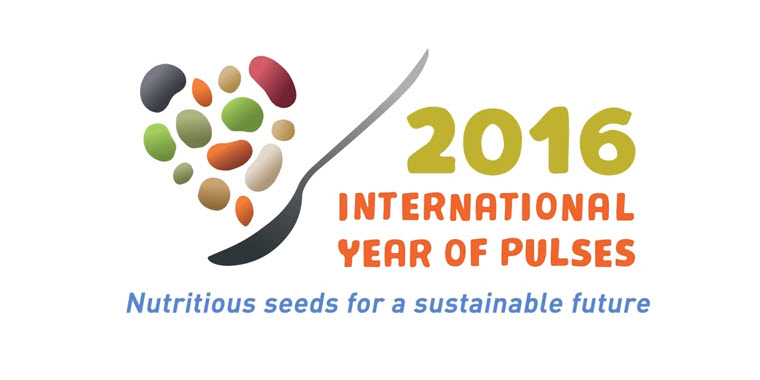Those nutrient-dense powerhouses in a pod – pulse crops – are getting star treatment in 2016.
Whether producers grow green or yellow peas, red, or other lentils, or chickpeas, next year the entire world will be taking a second look at the food, feed, health and new product value of pulse crops – edible seeds of annual legumes.
Shannon Berndt, executive director of the Northern Pulse Growers Association, said the General Assembly of the United Nations proclaimed 2016 as the “International Year of Pulses.
As Montana and North Dakota producers grow the most pulse crops in the U.S., attention will be focused on this region as well as on other countries across the globe that also grow pulses.
“This is a global event focusing on pulse crops, and we will have local events and promotions here to add to the event,” Berndt said.
For North Dakota and Montana producers, pulse crops are important rotational crops for those two states as they are good for fixing nitrogen, according to Berndt.
“Our climate here is ideal for growing cool-season legumes,” she said, adding that soils make a difference and some soils producer higher yields than other soils.
According to the USDA National Agriculture Statistics Service, Montana planted 545,000 acres of dry peas this past year compared to 275,000 in North Dakota and 980,000 total for the U.S. Montana planted 230,000 acres of lentils this year, compared to 160,000 in North Dakota and 485,000 in the entire U.S.
CLICK HERE to read the full article
Source: Farm and Ranch Guide


